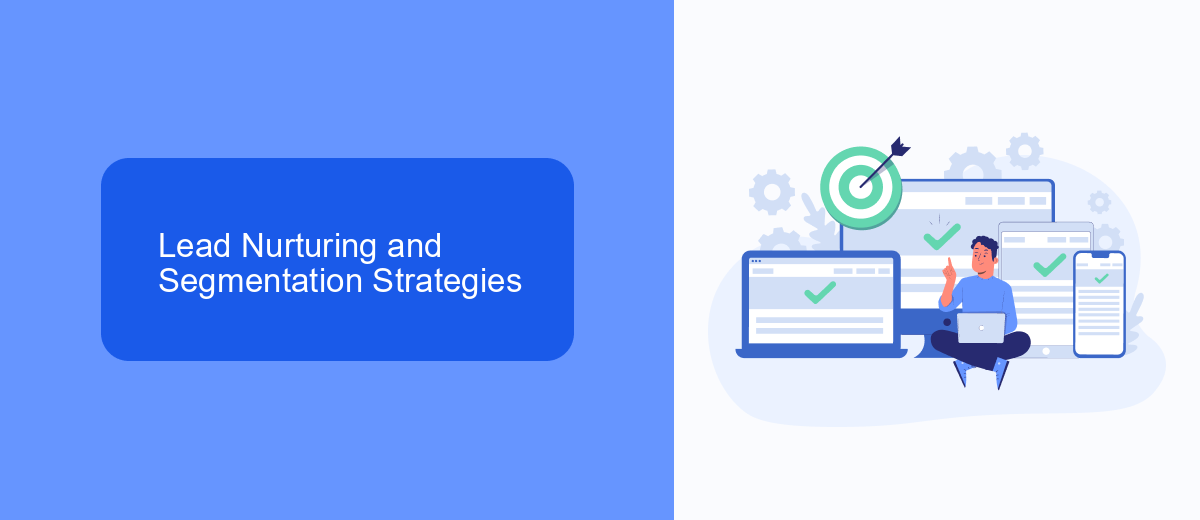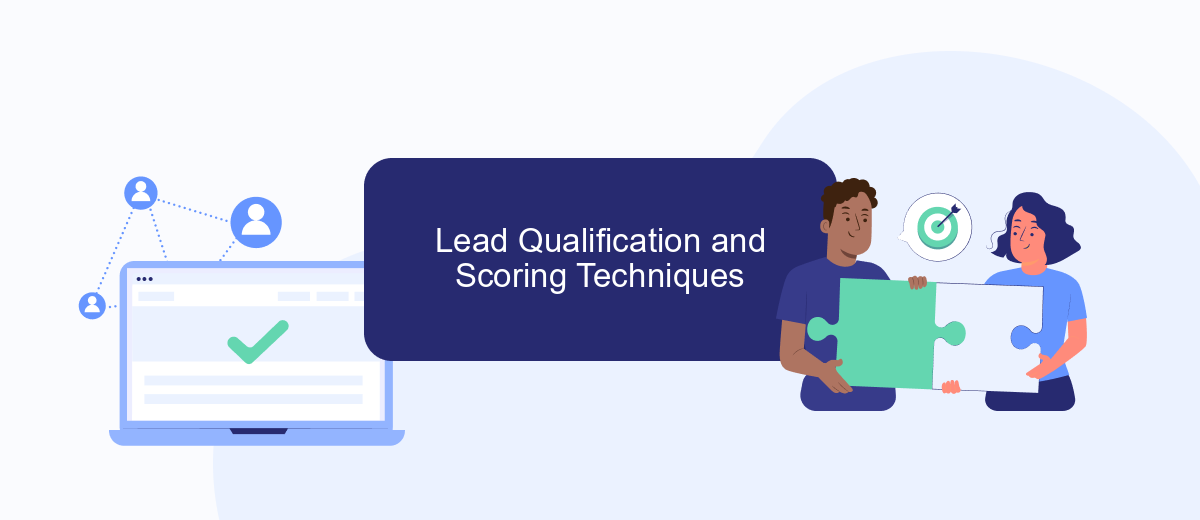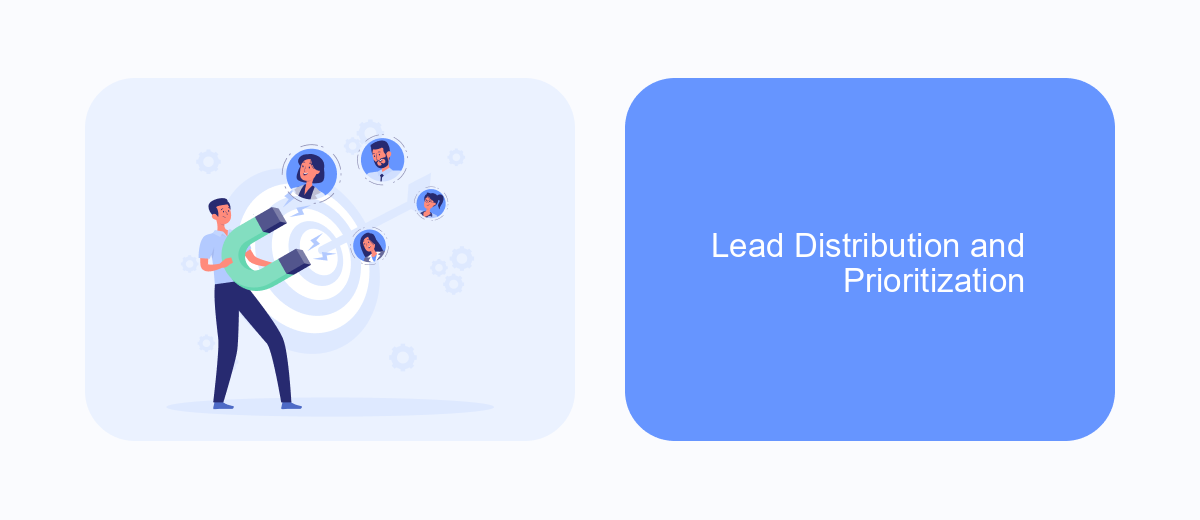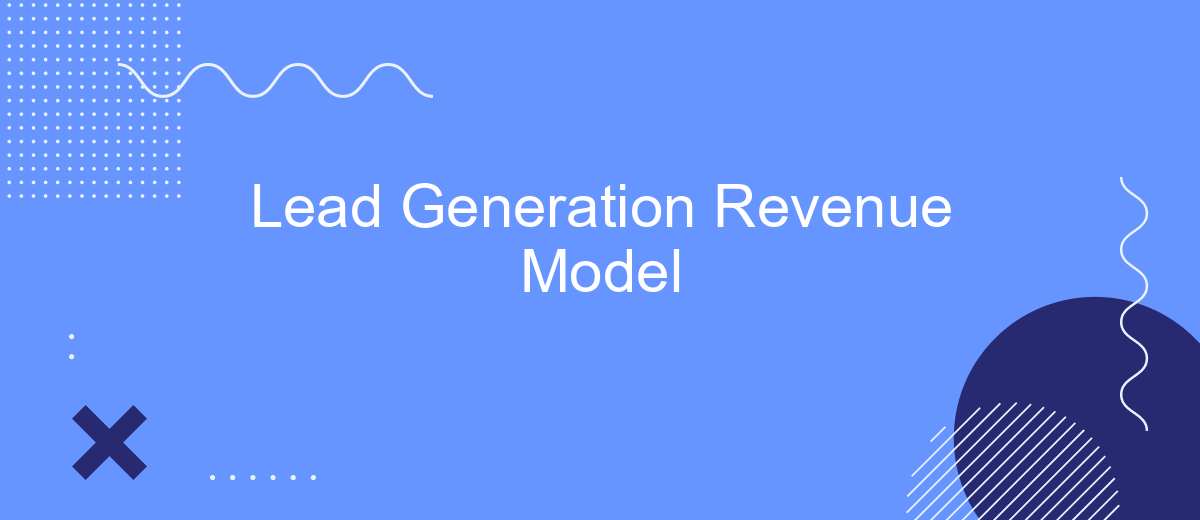In today's competitive business landscape, an effective lead generation revenue model is crucial for driving growth and profitability. By strategically identifying and nurturing potential customers, companies can streamline their sales processes and maximize revenue. This article explores the key components of a successful lead generation revenue model, offering insights and best practices to help businesses optimize their approach and achieve sustainable success.
Lead Generation Revenue Model Overview
Lead generation revenue models are essential for businesses aiming to convert prospects into paying customers. These models focus on capturing interest through various marketing channels and nurturing leads until they are ready for a sales pitch. By effectively implementing a lead generation strategy, companies can streamline their sales processes and increase their revenue.
- Cost Per Lead (CPL): Businesses pay for each lead generated.
- Pay Per Click (PPC): Payment is based on the number of clicks on ads.
- Subscription-Based: Regular payments for ongoing lead generation services.
- Revenue Share: A percentage of revenue from converted leads is shared.
Integrating lead generation tools can significantly enhance the efficiency of these models. Services like SaveMyLeads automate the process of capturing and managing leads from various sources, ensuring that no potential customer is missed. By leveraging such integrations, businesses can focus more on converting leads rather than managing them, ultimately driving higher revenue.
Lead Nurturing and Segmentation Strategies

Lead nurturing and segmentation are crucial strategies for maximizing the potential of your lead generation efforts. By nurturing leads, you build relationships with potential customers through targeted content and personalized communication, guiding them through the sales funnel. Effective segmentation allows you to categorize leads based on their behavior, demographics, and engagement levels, ensuring that your nurturing efforts are tailored to the specific needs and interests of each segment.
Utilizing tools and services like SaveMyLeads can streamline the process of lead nurturing and segmentation. SaveMyLeads offers seamless integration with various platforms, automating the flow of lead data and enabling you to create precise segments effortlessly. This automation not only saves time but also enhances the accuracy of your lead nurturing campaigns, ensuring that each lead receives the right message at the right time. By leveraging these strategies and tools, businesses can significantly improve their conversion rates and overall revenue.
Lead Qualification and Scoring Techniques

Lead qualification and scoring are essential processes in optimizing lead generation and ensuring that your sales team focuses on high-potential prospects. By evaluating and prioritizing leads, businesses can streamline their sales efforts and improve conversion rates.
- Demographic Scoring: Assess leads based on demographic data such as age, location, job title, and industry.
- Behavioral Scoring: Evaluate leads based on their interactions with your brand, including website visits, email opens, and content downloads.
- Firmographic Scoring: Consider company-specific information like company size, revenue, and industry sector.
- BANT Scoring: Qualify leads based on Budget, Authority, Need, and Timeline criteria to determine their readiness to purchase.
- Engagement Scoring: Measure the level of engagement a lead has with your marketing and sales efforts, such as social media interactions and event participation.
Integrating these scoring techniques with automation tools like SaveMyLeads can further enhance your lead qualification process. SaveMyLeads allows seamless integration with various platforms, ensuring that your lead data is up-to-date and accurately scored. By leveraging such tools, businesses can maintain a consistent and efficient lead management system.
Lead Distribution and Prioritization

Effective lead distribution and prioritization are crucial for maximizing the efficiency and profitability of your lead generation efforts. By ensuring that leads are directed to the right sales representatives and prioritized based on their potential value, businesses can significantly enhance conversion rates and revenue.
One of the key strategies for lead distribution is to use automated systems that can route leads based on predefined criteria such as geographic location, product interest, or lead score. This ensures that leads are handled by the most appropriate team members, reducing response times and improving customer satisfaction.
- Automated lead routing based on predefined criteria
- Lead scoring to prioritize high-potential leads
- Integration with CRM systems for seamless tracking
- Real-time notifications to sales teams
Services like SaveMyLeads can streamline this process by integrating various lead sources with your CRM, automating the distribution and prioritization tasks. By leveraging such tools, businesses can ensure that no lead is overlooked and that each one is given the attention it deserves, ultimately driving higher conversion rates and revenue growth.
- Automate the work with leads from the Facebook advertising account
- Empower with integrations and instant transfer of leads
- Don't spend money on developers or integrators
- Save time by automating routine tasks
Performance Measurement and Optimization
Effective performance measurement and optimization are crucial for maximizing the revenue potential of lead generation models. Key performance indicators (KPIs) such as conversion rates, cost per lead (CPL), and return on investment (ROI) should be continuously monitored. By analyzing these metrics, businesses can identify areas for improvement, optimize their strategies, and ensure that their lead generation efforts are yielding the highest possible returns. Regular A/B testing of landing pages, ad copies, and call-to-action buttons can also provide valuable insights into what resonates best with the target audience.
Leveraging automated tools and integrations can significantly enhance the efficiency of performance measurement and optimization. Services like SaveMyLeads allow businesses to seamlessly integrate various lead generation platforms, enabling real-time data synchronization and analysis. This ensures that all relevant metrics are up-to-date and easily accessible for decision-making. By harnessing the power of automation, companies can focus more on strategic adjustments rather than manual data collection, ultimately driving better results and higher revenue from their lead generation efforts.
FAQ
What is a Lead Generation Revenue Model?
How do companies typically generate leads?
What metrics are important in a Lead Generation Revenue Model?
How can automation improve lead generation?
What are the common challenges in lead generation?
Are you using Facebook Lead Ads? Then you will surely appreciate our service. The SaveMyLeads online connector is a simple and affordable tool that anyone can use to set up integrations for Facebook. Please note that you do not need to code or learn special technologies. Just register on our website and create the necessary integration through the web interface. Connect your advertising account with various services and applications. Integrations are configured in just 5-10 minutes, and in the long run they will save you an impressive amount of time.

